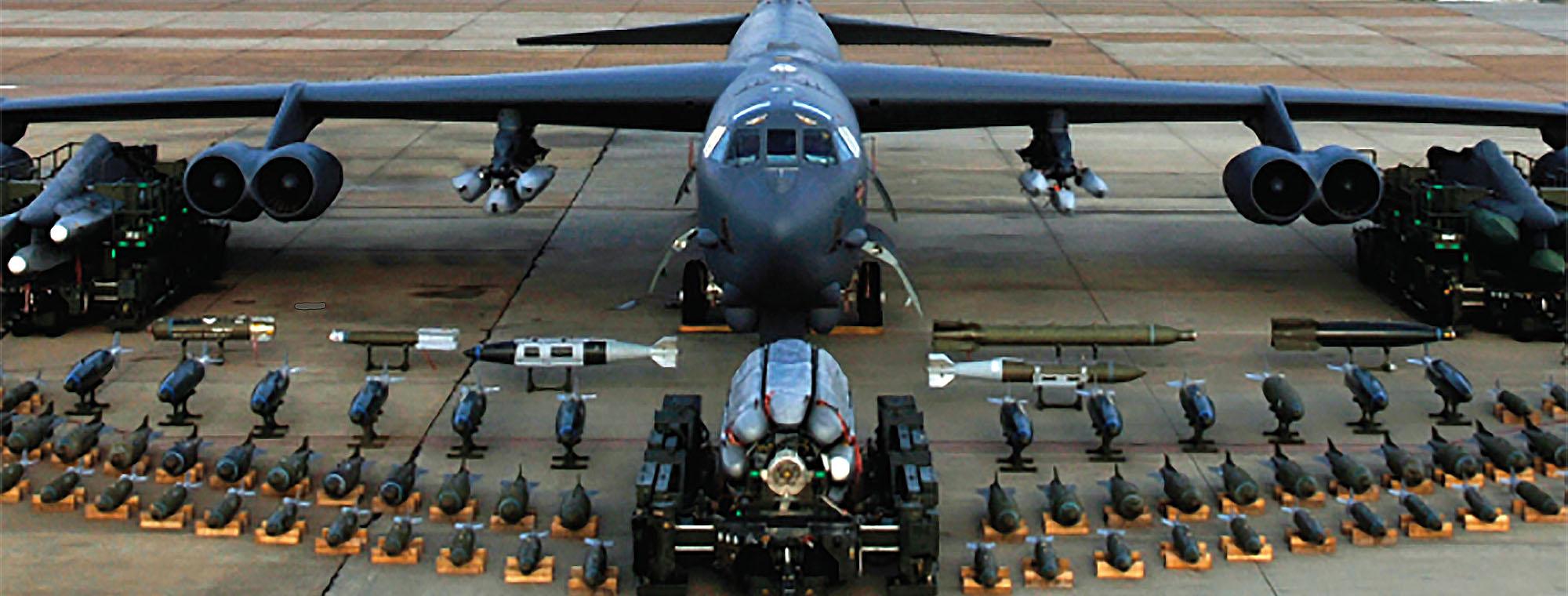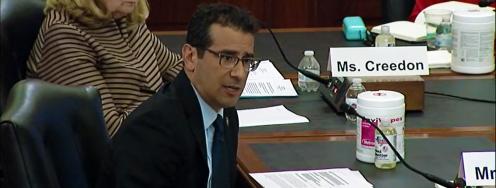If you missed out on the first nuclear arms race, you’re in luck. It’s back.
On Friday, the Trump administration announced the US would withdraw from the Intermediate-Range Nuclear Forces (INF) Treaty, a landmark deal signed in 1987 by President Reagan.
This treaty marked the beginning of the end of the Cold War. INF and follow-on agreements led to the demise of thousands of nuclear weapons in Russia that used to be aimed at us.
The very next day, Russian President Vladimir Putin said his country would follow suit:
“Our answer will be symmetrical,” Putin said. “Our American partners declared that they will suspend their participation in the treaty, so we will suspend ours as well. They said they would start research and development, and we will do the same.”
Of course. This is how an arms race starts.
We have seen this movie before, and it does not end well. In "Arms Race One," the United States built an insanely large nuclear arsenal that peaked at more than 30,000 warheads in the 1960s. Russia, then the Soviet Union, had 40,000.
Today, thanks to arms control agreements that are now on the chopping block, both sides are down to about 4,000 each; still way too many but heading in the right direction. Climate research shows that just 100 weapons detonated on cities could end civilization as we know it.
How much did all of this cost? About $6 trillion. How did we survive it? By sheer good luck. In the words of former Secretary of Defense Bill Perry, who had a front row seat to the buildup, “There is only one way to win an arms race: refuse to run.”
Global sanity got a leg up when the stars aligned and two enlightened leaders agreed to change course. In 1985, President Reagan and Soviet Premier Gorbachev declared that “nuclear war cannot be won and must never be fought.”
The INF Treaty followed two years later. The Cold War began to thaw and finally melted away with the Soviet Union in 1992.
But in "Arms Race Two: The Sequel," now we have the US and Russian presidents conspiring in the opposite direction — to kill nuclear arms control. It is no secret that Russia has been chafing at the INF Treaty’s limits for years, seeking a way out. Regrettably, Moscow deployed prohibited land-based cruise missiles near its western border.
Rather than seek to keep Russia inside INF and thereby constrained, President Trump has handed Putin a free pass to get out of the deal. Soon, Russia will be able to leave the treaty, blame the United States and build as many intermediate-range missiles as it wants. This is not progress. This is no solution. This makes things worse.
Think of it like highway speed limits. The limit is 65, and Russia is speeding at 75. If we throw away the speed limit, Russia can now go 125 with no constraints. How is this better?
The Trump administration could seek to save INF by sitting down with Moscow and putting all the concerns on the table. Russia has its own problems with INF, such as the deployment of US missile interceptors in Poland and Romania.
There is a precedent for this. Back in the 1980s, the Reagan administration accused Russia of violating the Anti-Ballistic Missile (ABM) Treaty. Did President Reagan leave the treaty in a huff? No, he worked with Moscow to come back into compliance. That is what President Trump should do today.
“The Trump administration is risking an arms race and undermining international security and stability,” Speaker Nancy Pelosi (D-Calif.) said. “The administration should exhaust every diplomatic effort and work closely with NATO allies over the next six months to avoid thrusting the United States into a dangerous arms competition.”
But having a one-sided conversation with Moscow will not work. “I’m asking both ministries to no longer initiate any negotiations on this issue,” Putin said Saturday. “Let’s wait until our partners are ready to hold an equal, meaningful dialogue on this extremely important topic.”
By refusing to deal with Moscow’s concerns, the Trump administration is effectively killing INF. Trump’s National Security Advisor John Bolton has wanted INF dead for years.
Bolton wrote in 2011, quoting Charles de Gaulle, “Treaties, you see, are like girls and roses: They last while they last.”
Bolton led the Bush administration’s withdrawal from the ABM Treaty and from the Agreed Framework with North Korea in 2002 and led Trump out of the Iran nuclear deal just last year. These moves have proven to be major strategic blunders.
But the biggest blunder may be yet to come. The New START Treaty, signed by President Obama in 2010, is the last major agreement limiting nuclear arms, and it expires in two years. It can be renewed for five years, but only if Washington and Russia agree.
This agreement has served the United States well, and there are no indications of Russian violations. It deserves to be renewed.
But given the fate of INF, the future of New START is up for grabs. If New START is killed, it would be the first time there have been no speed limits on US-Russian nuclear arsenals since 1972. We would be back in the Wild West.
We are speeding, with nuclear weapons, along a dangerous mountain road, and we are driving blind.
Originally published in The Hill.




